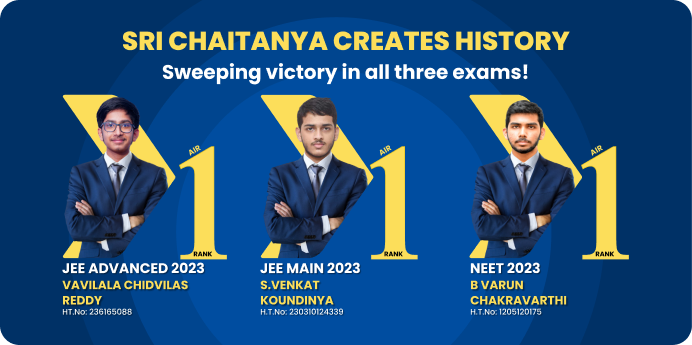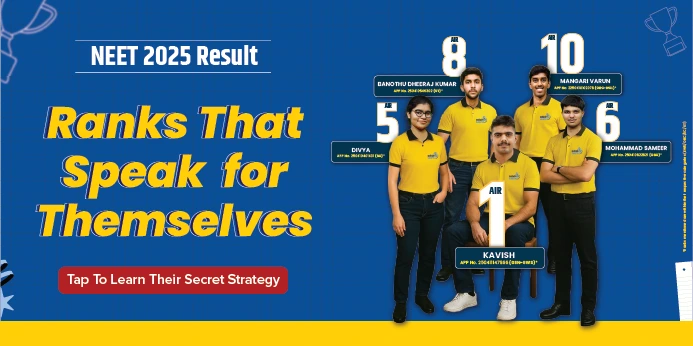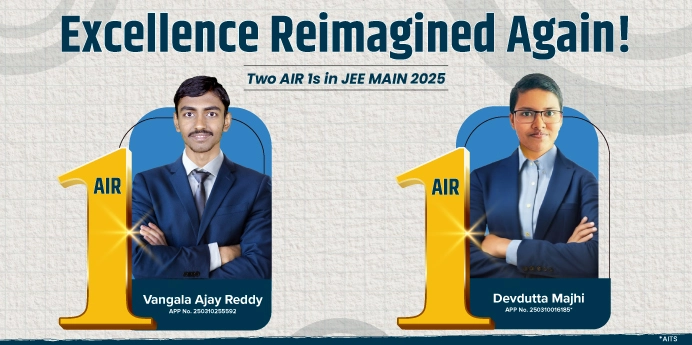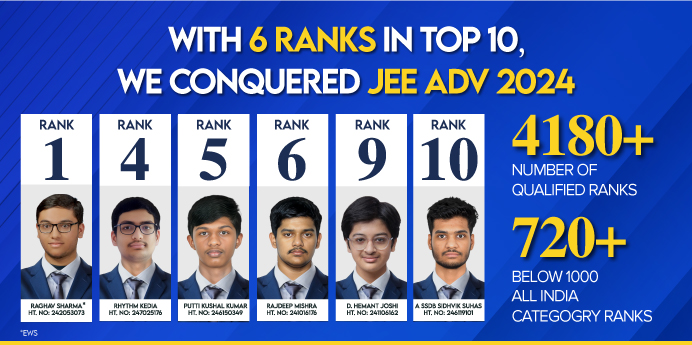










Courses

By Swati Singh
|
Updated on 4 Sep 2025, 17:10 IST
Caste system is a social evil that is present in the Indian society since the ancient times. It has been criticized immensely by the people over the years. However, it still has a strong hold on the social and political system of the country. A number of social evils have been prevalent in the Indian society since centuries and caste system is one of them. The concept has undergone certain changes over the centuries and is not as stringent as it was in the earlier times. However, it still impacts the religious, social and political lives of the people in the country.
We have provided below short and long essay on caste system in India for your knowledge and information.
After going through these essays you will know where from the caste system originated and its impact on the society and nation’s growth.
You will also know what steps should be taken to eliminate caste discrimination.
You can choose a Caste System in India Essay from the following and present it during your school/college events where you need to write an essay, take part in a debate, give speech etc.
Caste system in India has been prevalent since the ancient times. However, the concept has been moulded and evolved over the centuries by those in power. It underwent a major change particularly during the Mughal Rule and the British Raj. Nevertheless, people were and are still treated differently based on their caste. The social system basically has two varied concepts – Varna and Jati.
While Varna refers to the four broad social divisions namely Brahmins (teacher/priests), Kshatriyas (kings/warriors), Vaishyas (traders) and Shudras (labourers/servants), it got degenerated into Jatis, determined by birth. Jati is generally derived from the trade or occupation of the community, and is known to be hereditary.
The origin of caste system in India dates back to the ancient times. There are two different perspectives for its origin in the country. These are either based on socio-economic factors or ideological factors.

The first school of thought is based on the ideological factors and as per this, caste system finds its base in four Varnas. The perspective formed centuries ago was especially common among the scholars from the British colonial era. This school of thought categorises people based on their class. There are basically four classes – Brahmins (teachers/priests) , Kshatriyas (kings/warriors), Vaishyas (traders) and Shudras (labourers/servants).
The second school of thought based on the socio-economic factors and as per this the system rooted in the political, economic and material history of India. This perspective was common among the post-colonial era scholars. This school of thought categorises people based on their caste, which determined by the traditional occupation of their community.

JEE

NEET

Foundation JEE

Foundation NEET

CBSE
Caste system has had a strong hold in India and continues to do so. Today, this system has become the basis of reservation in education and jobs. Due to political reasons where castes constitute vote banks for parties; the reservation system is still intact in the country.
Caste System in India divides people into four different categories – Brahmins, Kshatriyas, Vaishyas and Shudras. It believed that these groups came into being from Brahma, the Hindu God of creation. Priests, intellectuals and teachers come under the category of Brahmins. They stand at the top of the hierarchy and it believed that they came from Brahma’s head. Next in line are the Kshatriyas who are the rulers and warriors. These apparently came from God’s arms. Merchants, traders and farmers come under the Vaishya category and said to have come from His thighs and the labour class forms a part of the fourth category that Shudras – these said to have come from Brahma’s feet.
These main categories further divided into as many as 3,000 castes and 25,000 sub-castes, based on their occupation.
As per Manusmriti, the most significant book on the Hindu laws, Varna system came into being to establish order and regularity in the society. The concept said to be 3,000 years old and distinguishes people based on their dharma (duty) and karma (work).

The religious as well as social life of the people in the country has influenced largely by the caste system since centuries and the trend continues today, with political parties misusing it for their own ends.
Caste system has been prevalent in our country since time immemorial and continues to have a strong hold on the society and political system. People have divided in four different categories of class – Brahmins, Kshatriyas, Vaishyas and Shudras. Historically it believed that this social system came into being in the country in around 1500 BC with the arrival of the Aryans. It said that Aryans introduced this system in order to control the local population at that time. In order to make things systematic, they defined main roles and assigned them to groups of people. However, in the 20th century, this theory dismissed as it stated that Aryans never invaded the country.
As per Hindu theologians, it said that this system came into being with the Hindu God Brahma who known as the creator of the universe. As per this theory, the people who hold the highest stature in the society that is the priests and teachers came from Brahma’s head, the ones from the second category were the warriors who came from God’s arm, those belonging to the third category, that is, the traders and merchants came from God’s thighs and the peasants and workers, that is, those belonging to the lowest category came from Brahma’s feet.
The actual origin of the caste system thus not known yet. Manusmriti, the most ancient text on Hinduism, however has cited this system in 1,000 BC. In the ancient times, the communities followed the class system stringently. While the people from the upper classes enjoyed several privileges, those from the lower class deprived of many things and thus suffered immensely. Though not as stringent as in the earlier times, even today a lot of discrimination done based on a person’s caste.
India has been under the clutches of the evil caste system since the ancient period though the exact origin of this system isn’t known as there are different theories that state different stories about its initiation. As per Varna system, people broadly divided into four different categories. Here is a look at the people who fall under each of these categories:
Brahmins – Priests, Teachers and Scholars
Kshatriyas – Rulers and Warriors
Vaishyas – Farmers, Merchants and Traders
Shudras – Labourers
The Varna system later got degenerated into caste system. The society divided into 3,000 castes and as many as 25,000 sub-castes based on the occupation of the community that a person was born into.
As per one theory, the Varna system initiated in the country as the Aryans arrived here in around 1500 BC. It said that Aryans introduced this system to have control over people and make things work more systematically. They assigned different roles to different groups of people. As per the Hindu theologians, on the other hand, the system initiated with Brahma, the Hindu God who known as the creator of the universe.
The caste system in India is one of the oldest forms of social stratification in the world. Rooted in ancient traditions, it has shaped Indian society for centuries, influencing people’s identity, occupation, and status. While the caste system was originally designed as a way to organize society, it eventually turned into a rigid hierarchy that created social inequality and discrimination. Even today, despite constitutional safeguards and legal reforms, the caste system continues to influence many aspects of Indian life.
Historical Background
The origins of the caste system can be traced back to the Vedic period around 1500 BCE. The society was divided into four main groups called varnas: the Brahmins (priests and scholars), Kshatriyas (warriors and rulers), Vaishyas (traders and farmers), and Shudras (laborers and service providers). This division was based on duties and responsibilities, not on birth. Over time, however, the varna system became rigid, and thousands of sub-castes, called jatis, emerged. Membership in these groups became hereditary, meaning people were born into a caste and had little chance of moving out of it.
Impact on Society
The caste system deeply influenced Indian society in both positive and negative ways. On the positive side, it created an organized division of labor in ancient times, where every group had a role to play in sustaining the community. However, the negative impacts far outweighed the positives. Lower castes, particularly the so-called untouchables or Dalits, were subjected to severe discrimination and exclusion. They were denied access to education, temples, and even basic public facilities. This led to centuries of oppression and widened the social and economic gap between communities.
Reforms and Modern Challenges
With the arrival of reformers like Mahatma Gandhi, B.R. Ambedkar, Swami Vivekananda, and Jyotirao Phule, movements against caste-based discrimination gained strength. Gandhi referred to Dalits as Harijans (children of God) and worked for their upliftment, while Ambedkar fought tirelessly for equal rights and was the chief architect of the Indian Constitution.
After independence in 1947, the Indian Constitution abolished untouchability and guaranteed equality before the law. Affirmative action policies such as reservations in education, jobs, and politics were introduced to uplift historically disadvantaged groups. While these measures have improved access and opportunities, caste discrimination has not completely disappeared. In rural areas, caste-based practices and violence still exist, and in urban spaces, caste identities continue to influence marriage, politics, and employment.
The Way Forward
The caste system is deeply embedded in Indian society, and removing its harmful effects requires both legal measures and a change in mindset. Education, social awareness, and inter-caste interactions are powerful tools to break down barriers. Young generations must be encouraged to see individuals beyond caste labels, focusing instead on merit, talent, and character. Social reform movements, media, and literature also play an important role in shaping an inclusive society.
Conclusion
The caste system in India, though an ancient social framework, has caused centuries of inequality and discrimination. While reforms and laws have reduced its impact, it still influences many aspects of life. True equality can only be achieved when every individual is treated with dignity, regardless of caste. Building a society based on justice, compassion, and equality is essential for India’s progress as a modern nation.
No courses found
The caste system in India is a traditional social hierarchy that divided people into groups based on their birth and occupation. It consisted of four main varnas—Brahmins, Kshatriyas, Vaishyas, and Shudras—along with many sub-castes. Over time, it became rigid and led to social inequality and discrimination.
The origins of the caste system date back to the Vedic period (around 1500 BCE). It was initially based on division of labor and duties, not birth. However, later it became hereditary and rigid, leading to the complex caste structure we see today.
Positive: In ancient times, it organized society and provided a clear division of labor.
Negative: It led to untouchability, social inequality, lack of education for lower castes, and discrimination that lasted for centuries.
The Indian Constitution abolished untouchability (Article 17) and guaranteed equality before law. Reservation policies in education, jobs, and politics were introduced for Scheduled Castes (SCs), Scheduled Tribes (STs), and Other Backward Classes (OBCs) to ensure equal opportunities.
Mahatma Gandhi: Called Dalits “Harijans” (children of God) and promoted their dignity.
Dr. B.R. Ambedkar: Championed the rights of Dalits and drafted the Indian Constitution.
Jyotirao Phule & Savitribai Phule: Fought for education and upliftment of lower castes.
Yes, though legally abolished, caste still influences marriage, politics, and social behavior, especially in rural areas. Discrimination has reduced in urban areas, but caste-based prejudices still exist in different forms.
Untouchability was a practice where certain castes, especially Dalits, were considered “impure” and denied access to temples, schools, wells, and public places. It was a severe form of discrimination, now banned under Indian law.
Caste discrimination can be reduced through education, awareness campaigns, inter-caste marriages, equal opportunities, and strict enforcement of laws. Promoting social unity and valuing individuals beyond caste are key steps toward equality.